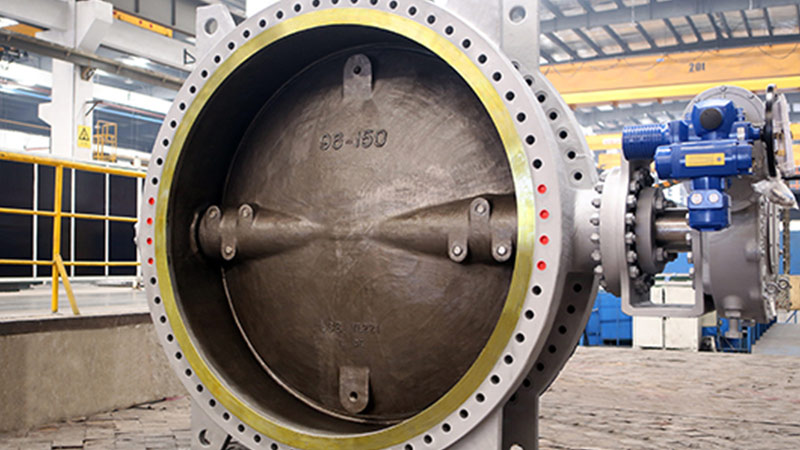The unbroken and secure fluid transfer is of prime importance within the intricate weave of contemporary industrial operations. Leaks, however small, may result in tremendous operating disruptions, environmental risks, and economic loss. It requires highly dependable flow control devices that can ensure absolute fluid containment. Among the important devices in this category are valves like actuated butterfly valves, particularly those with zero leakage capabilities and those providing automated control.
Combining sophisticated sealing technologies with accurate actuation mechanisms enables unmatched fluid management, guaranteeing safety and efficiency. This article examines the key features of these technologies, discussing their design principles and operational benefits and emphasizing their contribution to maintaining the integrity of fluid transfer systems.
The Imperative of Zero Leakage
Conventional valves, though satisfactory in most uses, can leak with time due to wear and tear, temperature changes, or pressure differences. Modern zero leak valves solve these problems through sophisticated sealing systems. These systems typically use soft seat materials, which seal closely against the valve's closing element, forming a waterproof seal. Also, metal-to-metal seals, made with specific materials, can offer strong sealing under high-temperature and high-pressure conditions.
Appropriate sealing technology selection relies on many things. Some of them are desired liquid, operating conditions, and desired leak tightness. Through leakage minimization, these valves help protect the environment, minimize product loss, and make the overall system safer.
The Precision of Actuated Butterfly Valves
Actuated butterfly valves provide a flexible and efficient means in various industries based on their compact size and accurate control functions. The actuated butterfly valves are actuated to provide improved process automation, where remote operation and real-time control can be achieved, drastically minimizing manual intervention and improving overall efficiency. This exact flow control is necessary in food and beverage manufacturing and water treatment processes, where accurate dosing and blending are required. In addition, fluid flow fine-tuning capability saves energy, further supporting sustainable methods in the HVAC and power generation sectors. Butterfly valve compactness qualifies them for constrained space installations such as marine and offshore platforms.
At the same time, the instant response and closing capability are highly important for safety systems and process dynamic changes. From gas and chemical processing to oil and gas, these valves evolve to manage various fluid types and conditions, becoming the foundation of today's fluid management.
Design Considerations for Enhanced Performance
As mentioned above, the engineering of actuated butterfly valves, as well as zero leak valves, entails several important considerations. The choice of materials is essential as it will determine the product strength, and efficiency. Therefore, it is important to use top-notch material during the production of such valves. The disc and body design of the valve also influences its pressure drop and flow characteristics.
Proper design parameters can bring higher performance, reduced maintenance, and longer lifespan. Further, incorporating features such as live-loaded packing, where constant compression is applied to the valve stem, can also enhance sealing performance and reduce leakage. Advances in materials and manufacturing techniques have made the development of valves that can function under adverse conditions with reliability and long-term performance possible.
Conclusion
In the quest for operational excellence, combining zero-leak and actuated butterfly valves made by Advance Valves is a major step in the right direction. These technologies contain fluid and enable precise control and automation, ensuring efficiency and safety in most industrial applications. As technology progresses, developing more sophisticated valve solutions will be at the helm of building a future for managing fluids. It enables industries to tackle the continually rising demand for reliability, and performance. The commitment to fine-tuning these technologies will be the cornerstone in maintaining the integrity of fluid systems. It also helps in safeguarding resources, and promoting a safer, more efficient work environment.





Comments